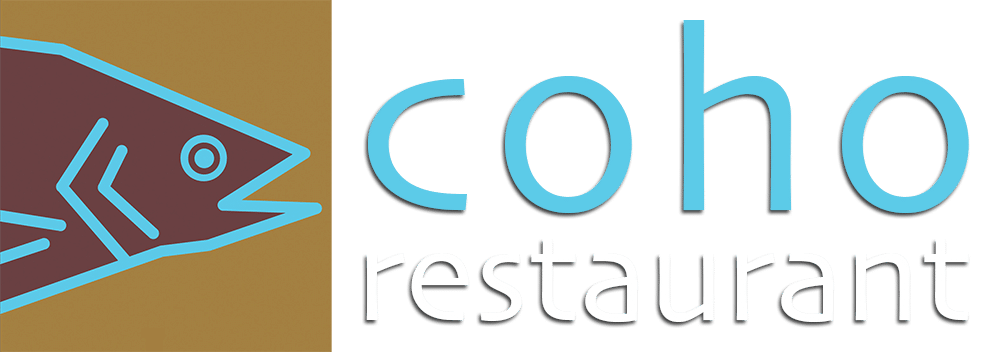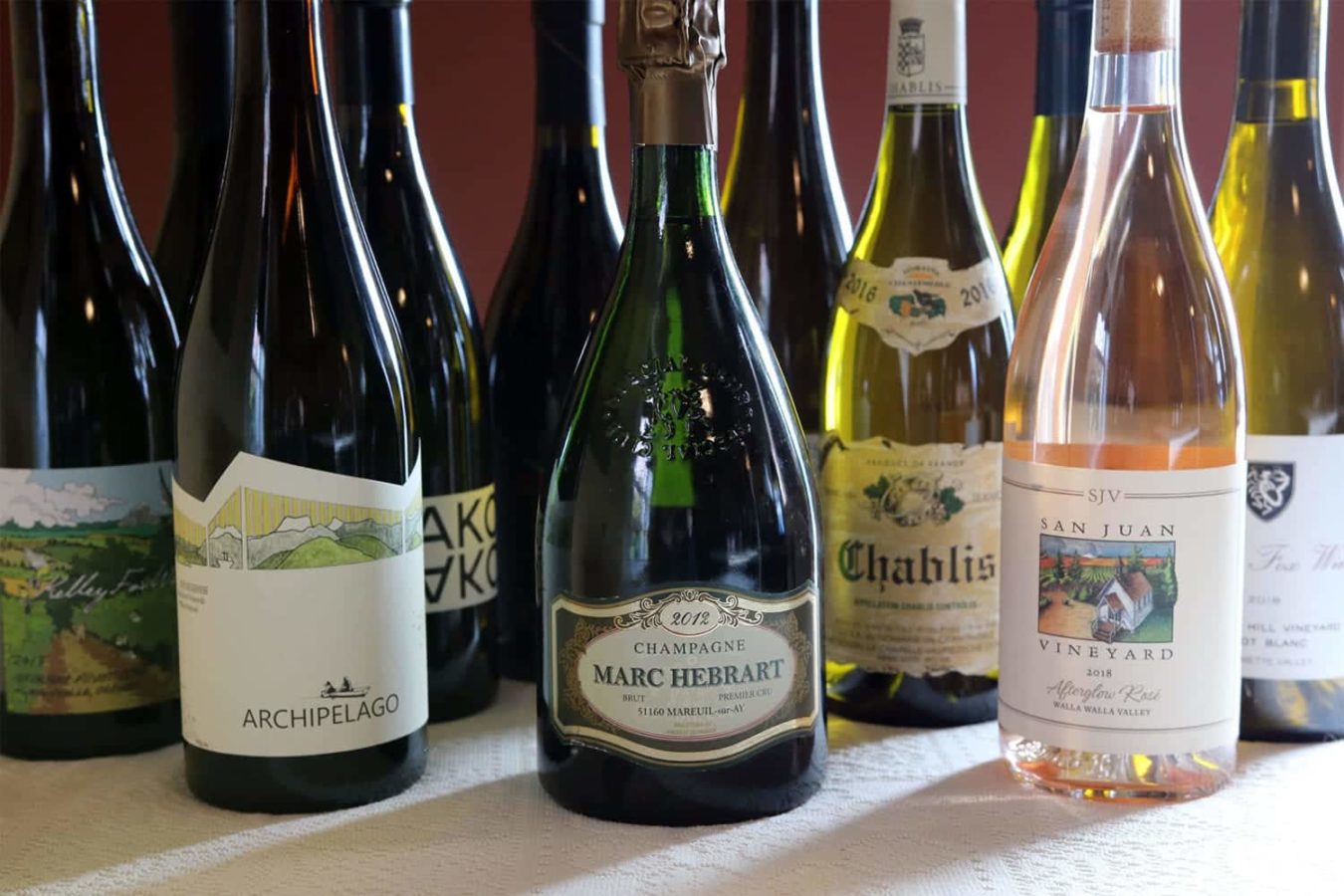For many American families, Easter marks the end of a holiday drought. Most will not have had many large gatherings since Christmas and New Year’s Eve. This year, as we keep physically apart, our celebrations will look a little different, but our traditions can offer comfort and a sense of connection with those who would normally be gathered around our table to share a meal.
Easter comes at a time when Mother Nature is beginning the process of transforming many places from sleepy winter landscapes into spring and all things green. In the kitchen, we begin the process of moving from the root cellar to the fields as far as food. Historically, one might consume the ham that has been curing since the fall or early winter pork harvest and the first of the spring lambs from the family farm. Following the old adage “what grows or is harvested together goes together,” spring harvested lamb arrives on the table alongside spring vegetables such as asparagus, peas, and baby roots (carrots, radish, etc.), as well as fresh herbs.
What do you traditionally serve during your Easter celebration? Are you a ham family, a lamb family, or a family that eats your way through a vegetable feast? For some, it is a brunch meal, for others possibly an early Sunday dinner. Perhaps, as true foodies, you do both? Like other communal meals that are celebratory in nature, wine is commonly consumed and inevitably the question of what wine to serve comes up.
Let’s start with one statement in reference to this question. There are no wrong answers here, but for the oenophiles (fancy word for wine fanatic…#winegeek) it is a fascinating meal to pair wine with. Why? Many of the foods traditionally eaten offer the opportunity of pairing either a white or red (not always the case with winter holidays where there is more of a clear demarcation of what to choose). It is a time when we see the first wines from the most recent harvests around the world (rosé). Lastly, it may be the best meal of all celebratory meals where sparkling wine could be served throughout (particularly if brunch is your Easter meal-time of choice). Let’s cover some basic traditional wines that pair well with this meal, along with a few non-traditional wines you might not have thought of before.
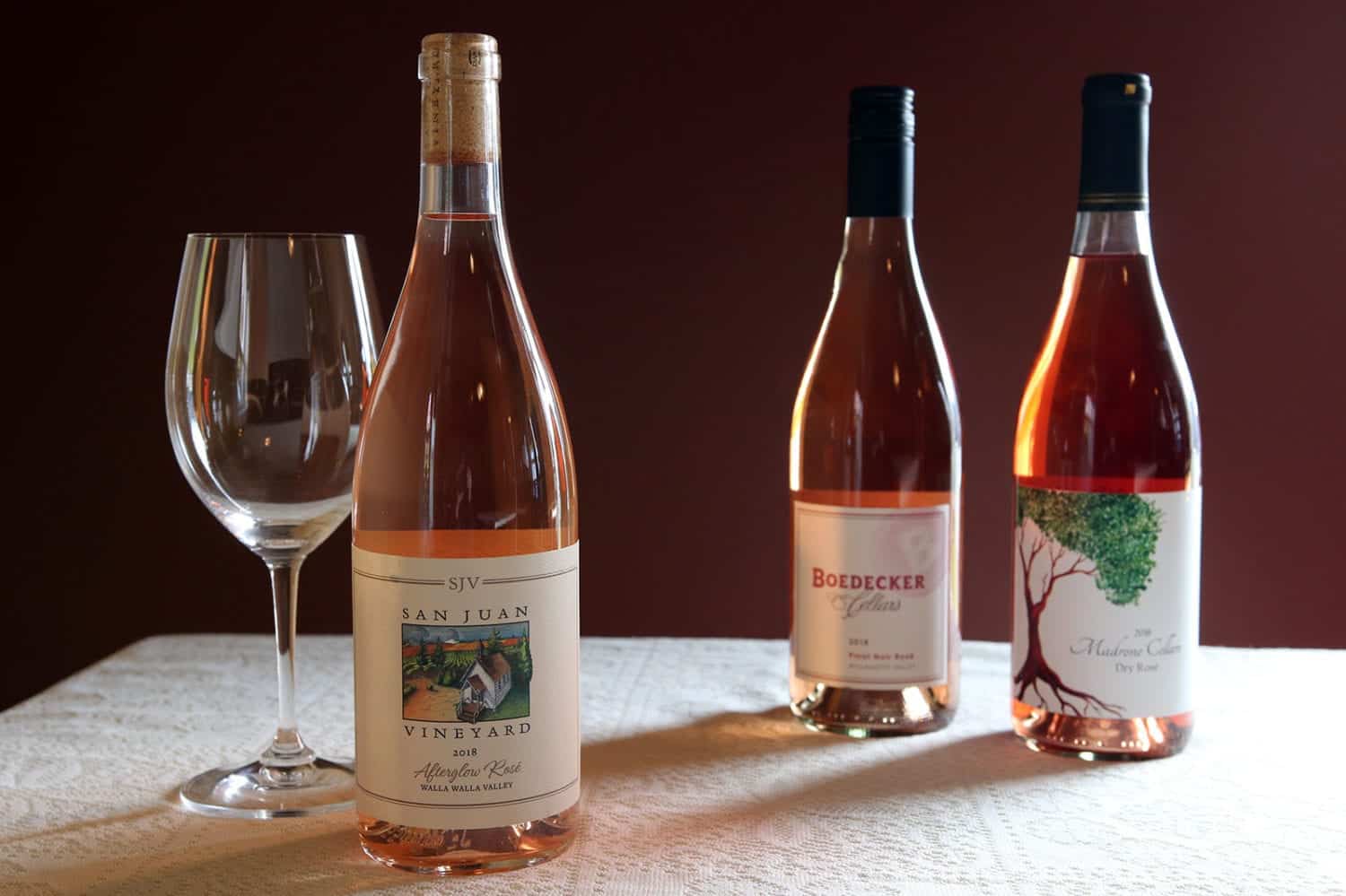
When I think of this time, I get excited about the variety of wines that you can enjoy, but first…rosé. I must admit, I love rosé and I do get excited about the spring releases of this wine. It is perfect for a food celebration this time of year. Most people do not think about the variety in flavors represented by this wine. Light, zippy, herbaceous (Provence) to deep, richer, strawberry (particularly those from Pinot Noir and the Russian River Valley). This wine can be paired with lighter vegetable-focused foods (showcasing asparagus and greens) as well as entrée food (rosé and ham = yes, please!). On our island, Madrone Cellars and San Juan Vineyard both offer light, zippier styles that would be perfect to start your celebration. At Coho Restaurant, our rosé by the glass pour from Boedecker in Oregon offers a great example of rosé of Pinot Noir as well. Of course, spend up and get a true classic rosé from the Bandol region of Provence – Domaine Tempier as a famous example.
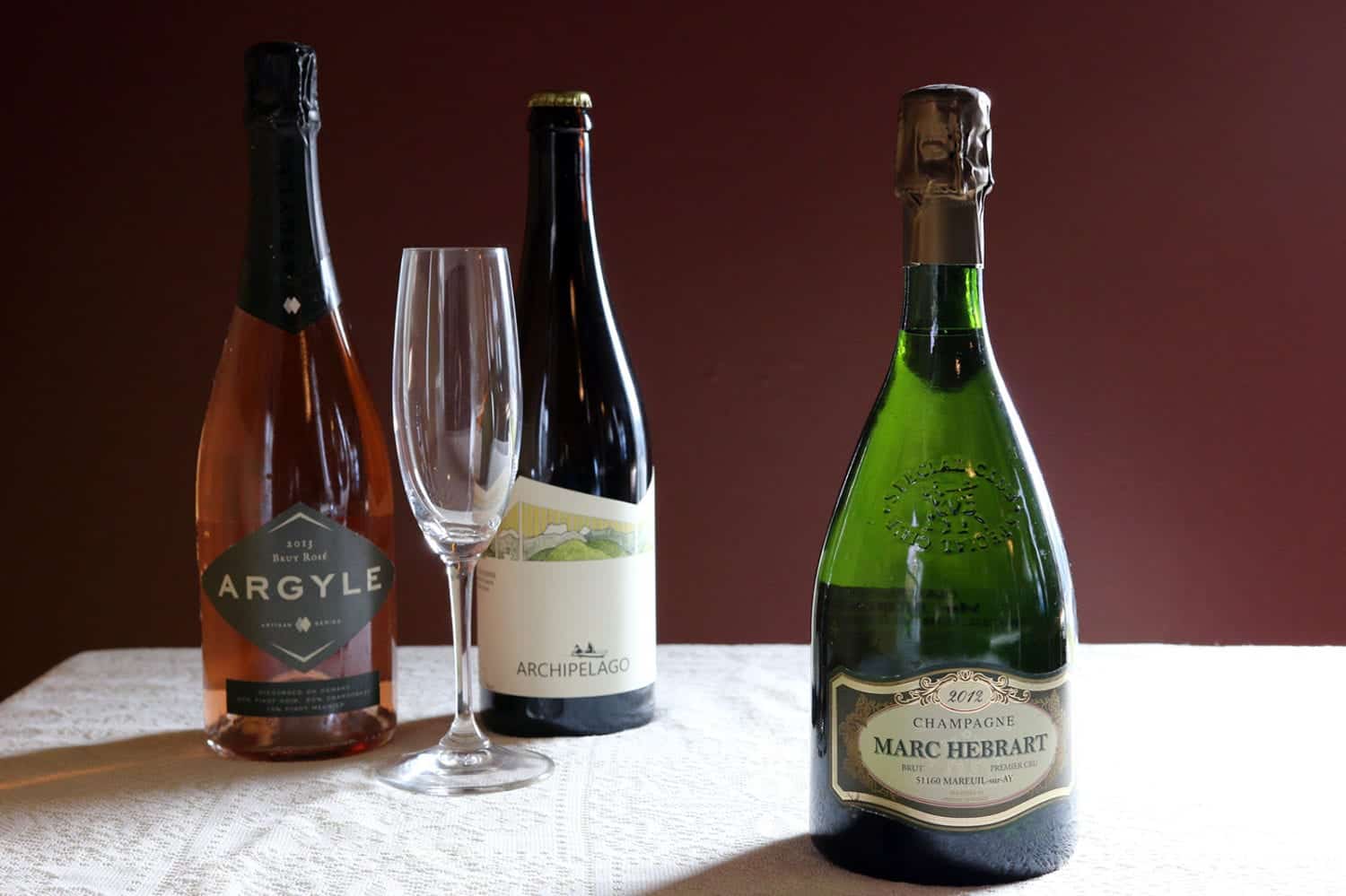
Bubbles, bubbles, bubbles…let’s talk sparkling wine. If brunch is the orientation of your Easter meal, I can think of no better choice. The acidity and carbonation are a perfect foil against the richer choices you would find in brunch menus – eggs, hollandaise, breakfast meats, sweeter items like crepes or pancakes, etc. And, it pairs well if it is a buffet that may have a leg of lamb alongside quiches or pancakes with fresh berries. Of course you can go very traditional (and expensive) with sparkling wine from Champagne in France, but consider non-traditional bubbles. Many are made closer to home (Archipelago and Madrone Cellars are two island examples) and may be less expensive but still stellar examples of sparkling wine (bubbles from Oregon or Washington? Yes. See Argyle in the Willamette Valley or Treveri in Washington). If you want French bubbles but don’t want to spend Champagne prices, Crémant is an excellent choice and much less expensive than Champagne. It is made using the same process as Champagne but just not made in the Champagne region.
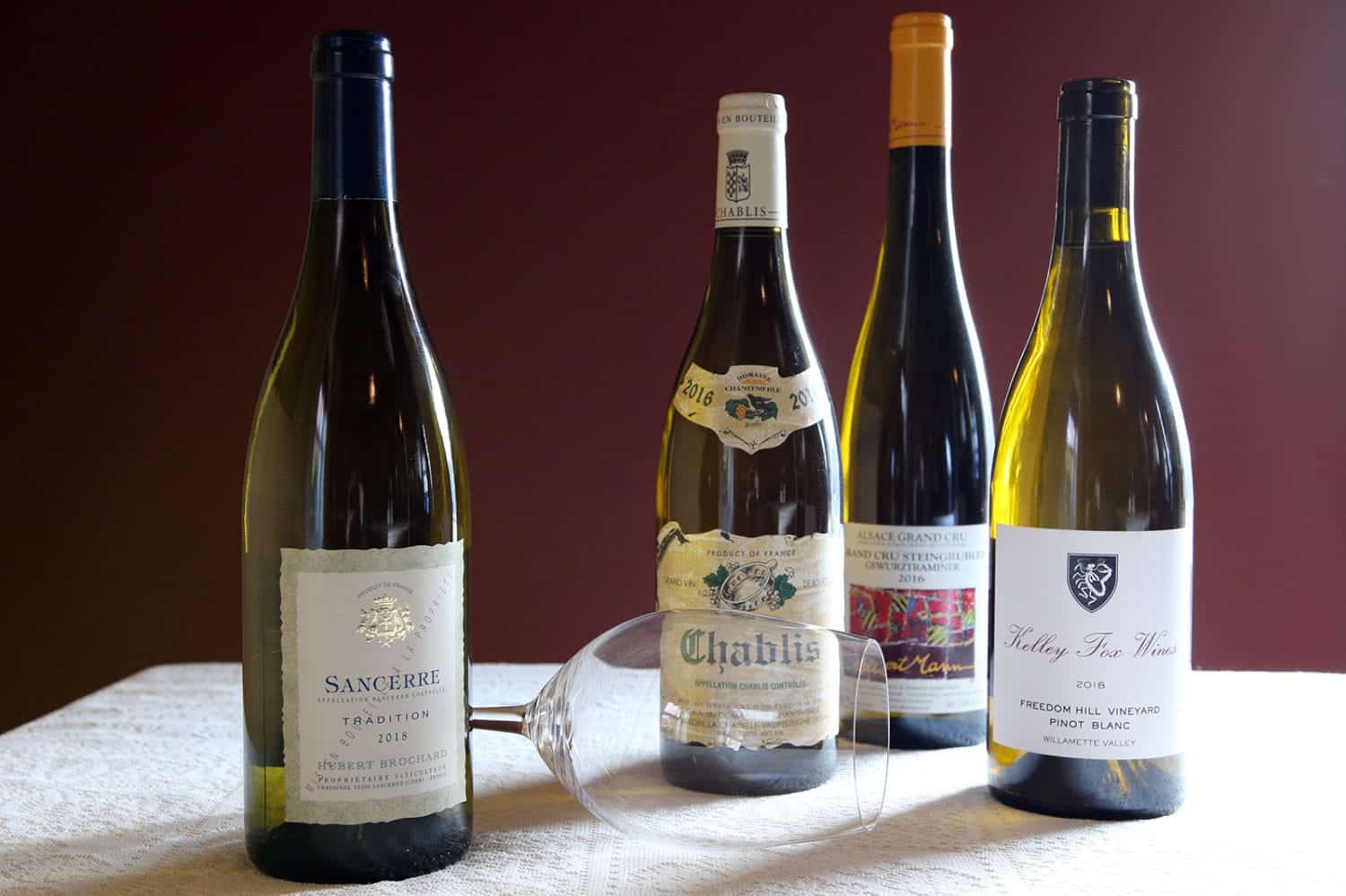
For white wine, wines with clean, crisp and herbaceous notes are perfect for vegetables such as asparagus, fiddleheads, spring peas, baby radishes, and the mélange of spring herbs (usually delicate herbs that do not do well in the heat of summer such as tarragon, chervil, and chives). Wines in this category would include Sauvignon Blanc (particularly Sancerre from France which, if shellfish or crustaceans are involved, make it doubly good). Unoaked or lightly oaked Chardonnay (Chablis if you really want to spend but look to Oregon Chardonnays which typically have less oak orientation), Chenin Blanc, Alsatian whites (Pinot Blanc, Riesling, and Gewürztraminer) or domestic versions of same said wines. They work well with first courses and also with main entrée courses like ham (particularly if you glaze your hams, as most people do, with fruity syrup type glazes).
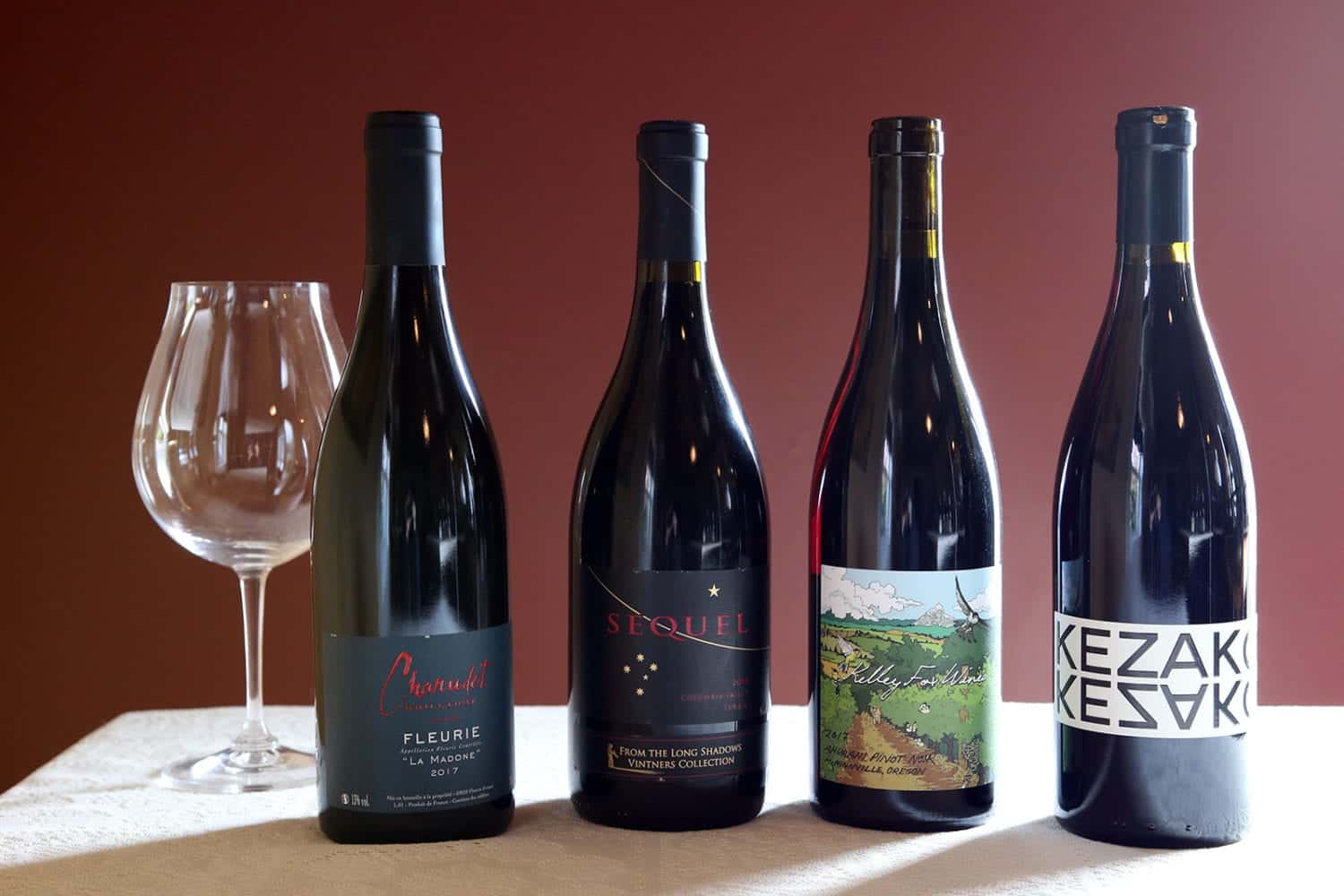
At the top of my list of red wines that pair perfectly with Easter meals would be Pinot Noir. Particularly Pinot Noir from the Willamette Valley in Oregon. Beaujolais, from the Burgundy region but with the Gamay grape, also works well here. An expensive Beaujolais will set you back $20 and has Pinot Noir-like characteristics (typically more fruit and less tannins and earth) as opposed to an expensive Pinot Noir ($30+) which can make it a great bargain choice. Some non-traditional choices would include Zweigelt or Blaufränkisch (if you can find it) from Austria (in the same flavor profile as Pinot but typically more spice-driven). Lamb centric in your main course? France is where I would look first, red wines of the Rhone region (Syrah/Grenache) or Loire region particularly Chinon (Cabernet Franc) pair amazingly well with lamb. From Italy (Sicily to be exact), try Frappatto (particularly when blended with Nero d’Avola) with its bright berries and spice. Washington state as many know also makes great Rhone-styled red wines using Syrah and Grenache, which would be an excellent alternative to the French wines here.
As you can see, there are a wide variety of wines to choose from and at all price points. You just have to choose.
Need help?
Explore the wines referenced by Chef Tim in his Spring Tasting Notes with a hand-selected three-bottle sampler package designed to pair well with spring flavors. Several custom collections available, though quantities are limited. Call 360-378-6330 to place your order and arrange for pick-up.

